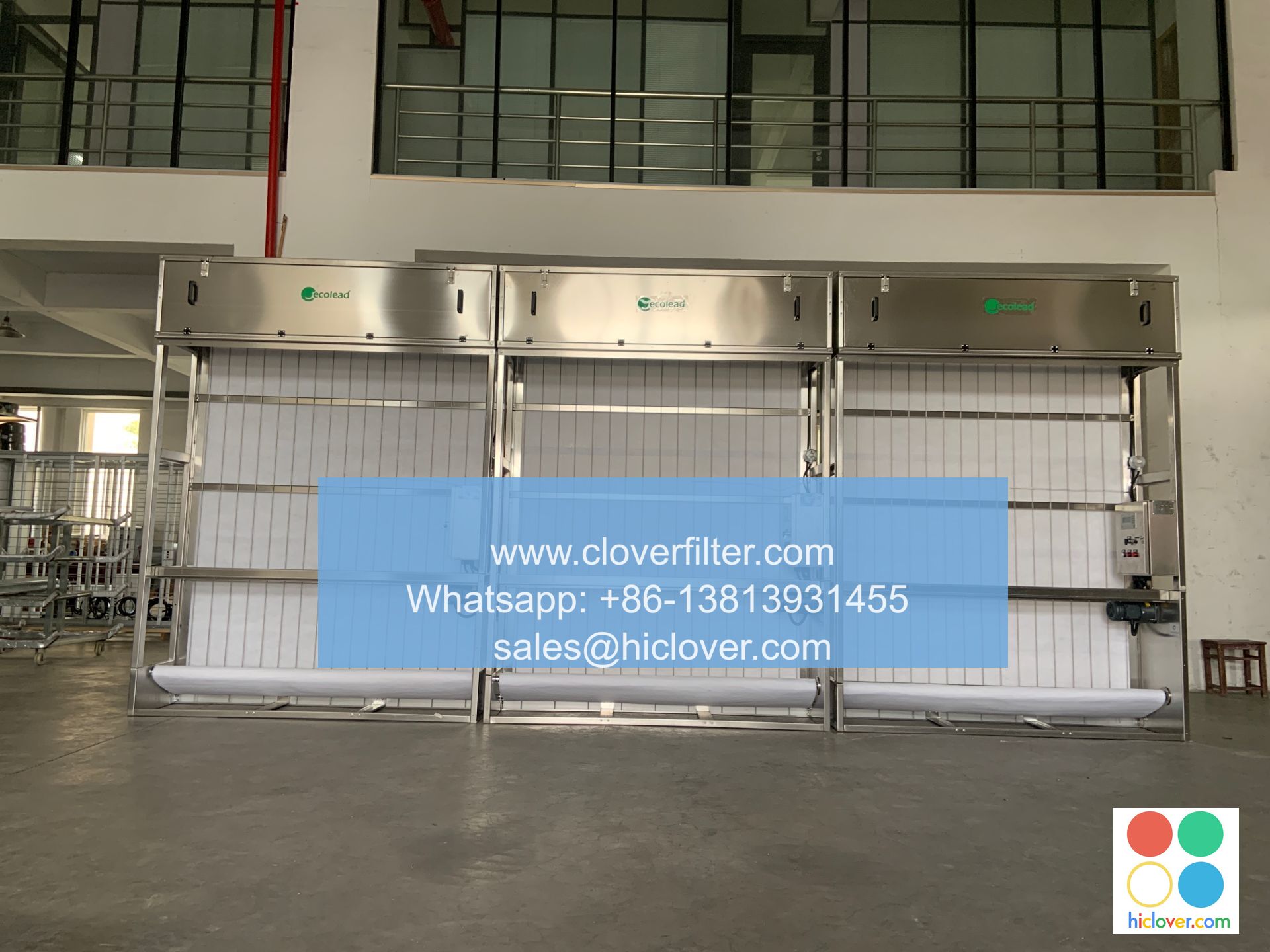Air Filter Distribution: A Guide for Air Handling Unit Designers

Air filter distribution is a critical aspect of air handling unit (AHU) design, as it directly impacts the indoor air quality (IAQ) and overall performance of the heating, ventilation, and air conditioning (HVAC) system. In this article, we will delve into the world of air filter distribution, highlighting various application areas, and providing valuable insights for AHU designers to optimize their designs.
Introduction to Air Filter Distribution
Air filter distribution refers to the process of supplying filtered air to various parts of a building or facility, ensuring that the air is clean, fresh, and free from pollutants. This is achieved through a network of ducts, vents, and air handling units, which work together to distribute filtered air to different zones or areas. The goal of air filter distribution is to maintain a consistent and healthy indoor air quality, while also minimizing energy consumption and reducing the risk of airborne contaminants.
Key Considerations for Air Filter Distribution
When designing an air filter distribution system, there are several key considerations that AHU designers must take into account. These include:
* Air Flow Rates: The volume of air that needs to be filtered and distributed to each zone or area.
* Filter Type and Efficiency: The type of air filter used, its efficiency, and its ability to capture airborne contaminants.
* Duct Sizing and Layout: The size and layout of the ductwork, which affects airflow rates, pressure drops, and overall system performance.
* Zone Control and Balancing: The ability to control and balance airflow to different zones or areas, ensuring that each space receives the required amount of filtered air.
Application Areas for Air Filter Distribution
Air filter distribution is a critical component of various applications, including:
* Commercial Buildings: Office buildings, shopping centers, and hotels, where maintaining good indoor air quality is essential for occupant health and productivity.
* Industrial Facilities: Manufacturing plants, warehouses, and laboratories, where airborne contaminants can pose serious health risks to workers.
* Healthcare Facilities: Hospitals, clinics, and nursing homes, where maintaining sterile environments and preventing the spread of airborne infections is crucial.
* Residential Buildings: Single-family homes, apartments, and condominiums, where indoor air quality can impact occupant health and comfort.
Benefits of Optimized Air Filter Distribution
Optimizing air filter distribution can have numerous benefits, including:
* Improved Indoor Air Quality: By removing airborne contaminants and pollutants, optimized air filter distribution can improve occupant health and comfort.
* Increased Energy Efficiency: By reducing pressure drops and minimizing energy waste, optimized air filter distribution can lower energy consumption and costs.
* Extended Filter Life: By ensuring proper airflow rates and filter maintenance, optimized air filter distribution can extend the life of air filters and reduce replacement costs.
* Enhanced System Performance: By balancing airflow and ensuring consistent air quality, optimized air filter distribution can improve overall system performance and reduce the risk of system failures.
Best Practices for Air Filter Distribution Design
To optimize air filter distribution, AHU designers should follow best practices, including:
* Conducting thorough load calculations: To determine the required airflow rates and filter sizes.
* Selecting the right filter type and efficiency: Based on the specific application and contaminant removal requirements.
* Designing a balanced and efficient duct system: To minimize pressure drops and ensure consistent airflow rates.
* Implementing zone control and balancing: To ensure that each space receives the required amount of filtered air.
By following these best practices and considering the key factors outlined in this article, AHU designers can create optimized air filter distribution systems that provide healthy, comfortable, and efficient indoor environments for occupants. Whether it’s a commercial building, industrial facility, healthcare facility, or residential building, optimized air filter distribution is essential for maintaining good indoor air quality and minimizing the risks associated with airborne contaminants. Prompt

